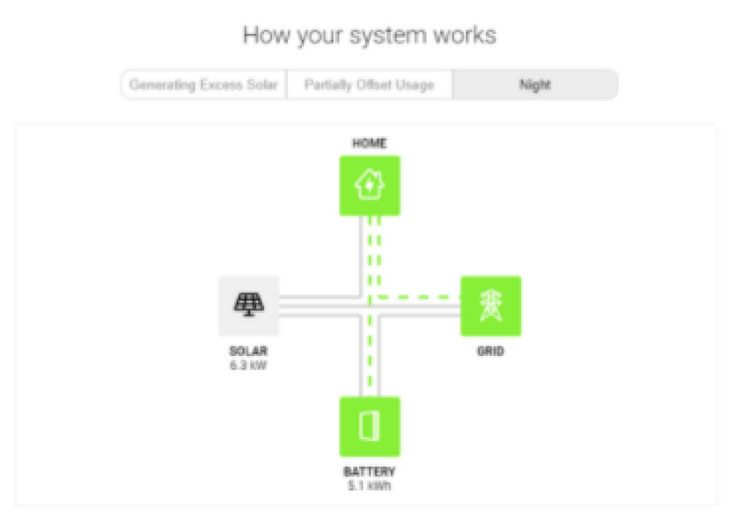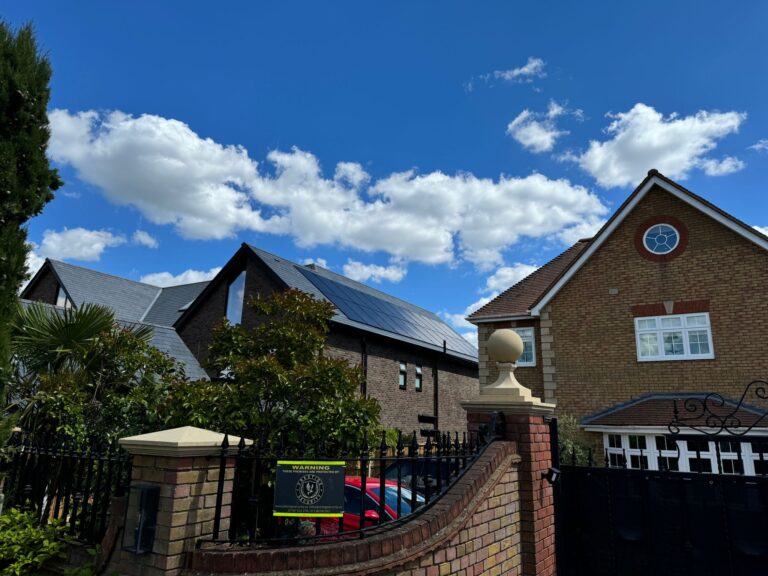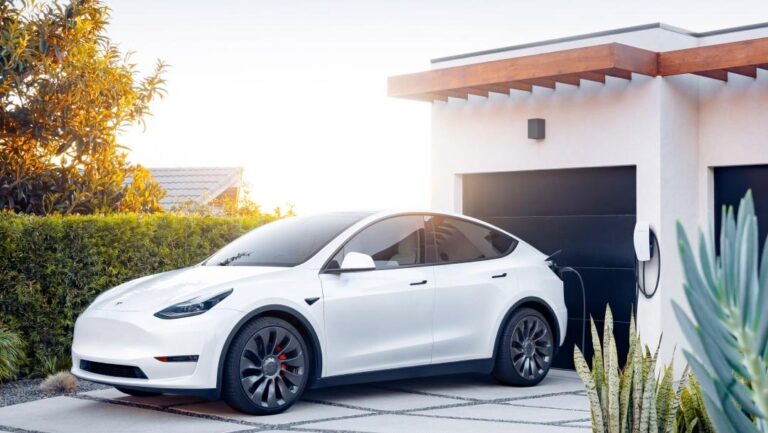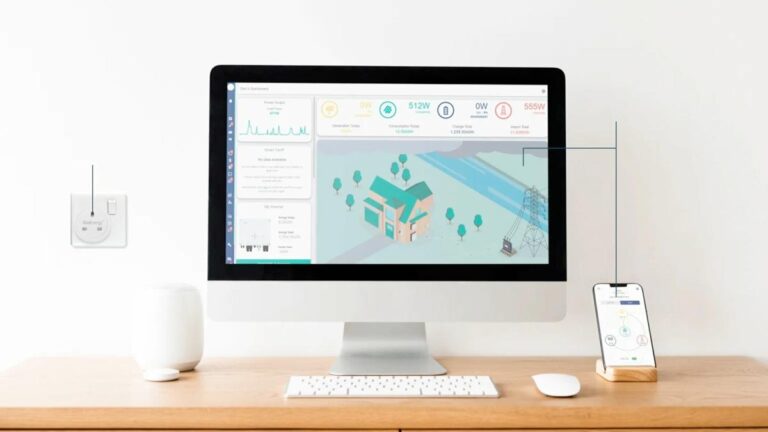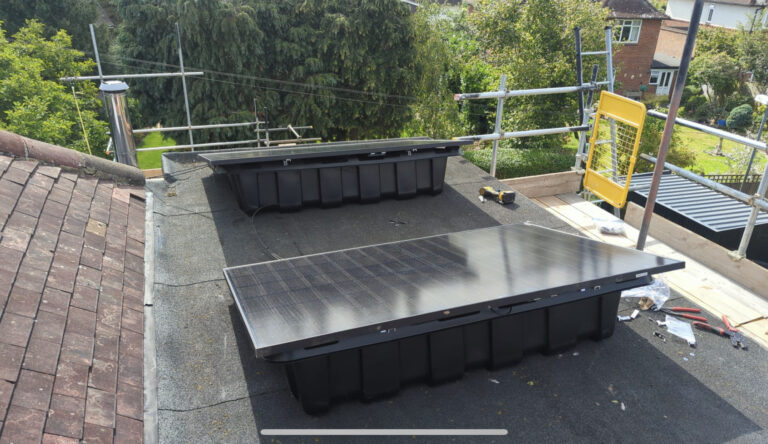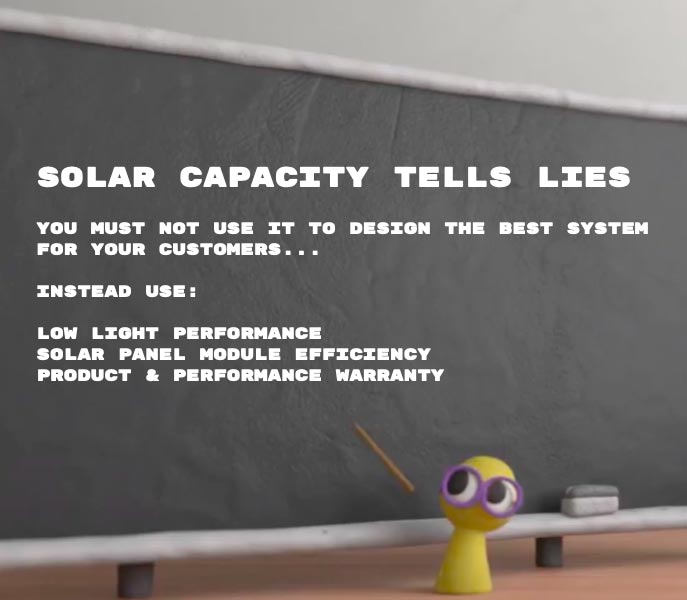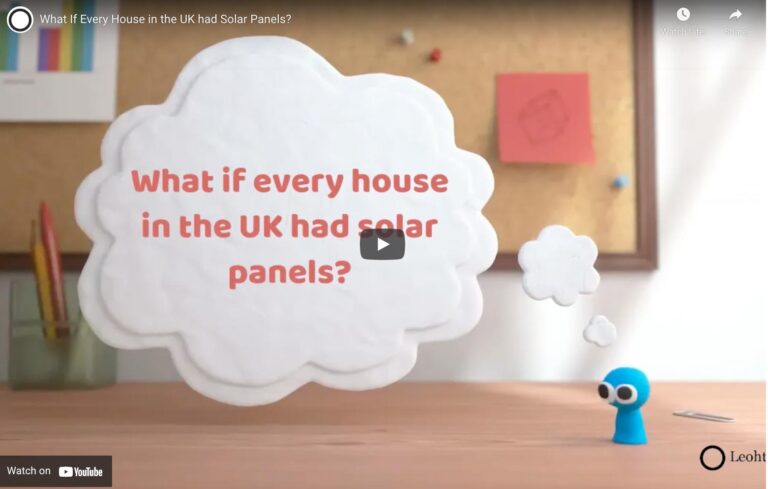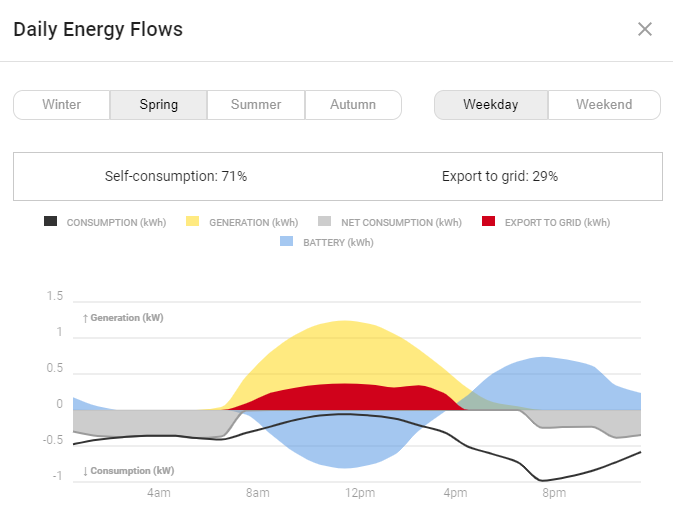 A solar battery stores excess generation from your solar installation that would otherwise be exported. It can also charge at off-peak times to be used during peak times.
A solar battery stores excess generation from your solar installation that would otherwise be exported. It can also charge at off-peak times to be used during peak times.
Once the battery is full, your solar installation will simply continue exporting. The hybrid inverter will tell the battery to discharge when the home needs electricity. If there is spare capacity in the battery, the hybrid inverter will then charge the battery again with excess solar.
Most batteries do not allow a full discharge (100%) to protect the life of the battery. “Useable Capacity” is more important to look for than total capacity. All good quality batteries have a BMS (Battery Management System) that protects and monitors the battery.
You can use that stored energy when electricity demand exceeds solar production. Either during a peak in the day (E.g a washing machine or kettle) and/or throughout the night.
We’ll focus on DC-coupled battery storage as it’s the most popular.
It works by monitoring the incoming grid connection using a current sensor. The current sensor (CT clamp) will tell the hybrid inverter how much energy the house is importing.
You can even use a battery to charge at off peak times to use during peak time, using a time of use tariff and a good quality inverter with a time of use setting.
The Hybrid inverter

The hybrid inverter uses an algorithm to understand your exact energy position.
- How much energy your house importing from the grid
- How much energy is the solar array generating
- The state of charge of the battery & how much energy it’s discharging or charging.
- How much electricity is the house exporting?
The hybrid inverter acts as the ‘brain’ of your installation– arguably the most important part– make sure you buy a good one.
3 Stages of operation
Generating excess solar
Solar energy supplies the home. Charges the battery until full and exports any energy left.
Partially offset usage
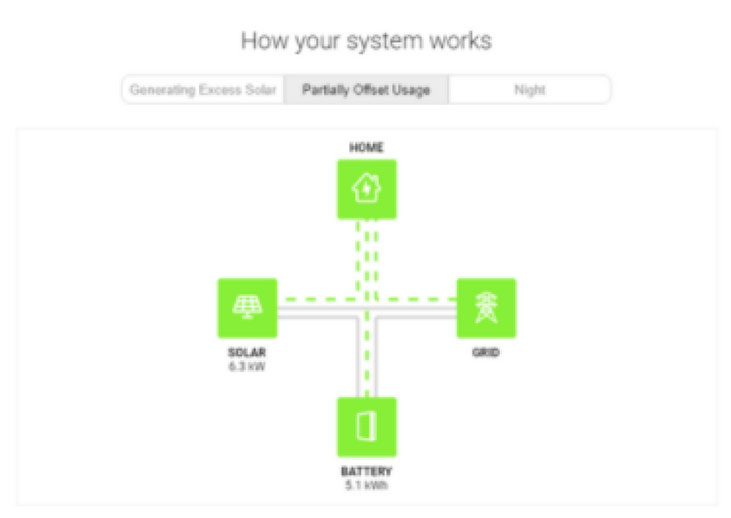 Home using more energy than solar generation. Additional energy needed supplied by the battery and/or the grid.
Home using more energy than solar generation. Additional energy needed supplied by the battery and/or the grid. Generating excess solar
No solar generation. Energy supplied by the battery and/or the grid.
How much does it cost to add a battery to a solar panel install?
Adding a battery means that you also need to upgrade to a good quality hybrid inverter.
Leoht is offering battery storage with no extra mark-up. You just pay what it costs us.
I have decided that it’s better to get as many good quality storage systems into people’s homes now to then earn referrals later as electricity prices increase.
Expect to pay £1800+ extra for a 5.12 kWh battery and good quality inverter. A good quality hybrid inverter costs approximately £600 more than a premium string inverter. A 5.12 kWh battery will cost £1200+.
Is it better to install a battery with a solar panel installation or wait?
It’s completely up to you. There are some hybrid inverters (Huawei) that can operate without a battery connected and are sold as ‘battery ready’.
VAT is charged at 5% when a battery is installed as part of a solar install.
VAT is charged at 20% when not part of an installation (retrofit).

